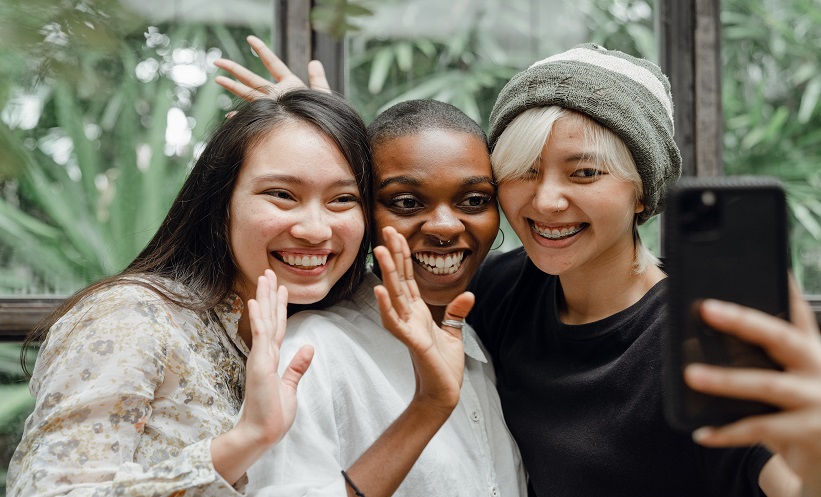SKIN ageing and prevention, according to a new study, may not be well-represented in females of colour. The researchers of the study aimed to gain further insight into how females of different diverse backgrounds viewed treatments for skin ageing prevention. Additionally, they aimed to understand the satisfaction of the products on the market and whether their needs were being met.
This cross-sectional survey had a diverse group of participants of Black, Asian, South Asian, and Latin women from the USA aged between 18–70. The survey was carried out online and the participants were collated from multiple internet platforms; fingerprints were used to avoid any false responses. Some of the questions included: the significance of skin ageing prevention; what actions were taken to seek skin care; and what their sources of information were for skin ageing prevention. The results were examined using descriptive statistics and the representation variables were analysed.
Participants used a scale of 0–10 to score the importance of skin ageing to them individually, with 0 being not at all important and 10 being extremely important. The average response score in the total of 1,646 participants ranged between 7.3–8.2. The common reasons for seeking skin care treatment were due to fine lines and wrinkles, poor skin texture, and hyper- and hypopigmentation. In terms of representation in the sources of information available, older females from the Black or African American population and Asian population agreed on the lack of representation in skin ageing prevention information.
This study is an initial step in understanding the viewpoint of females of colour on skin ageing prevention. The investigators encouraged healthcare professionals to acquire information on their patients from a clinical and cultural standpoint. A conversation would be a good place to start, especially in an ethnic group that feels underrepresented, in order to provide the best care to patients.







